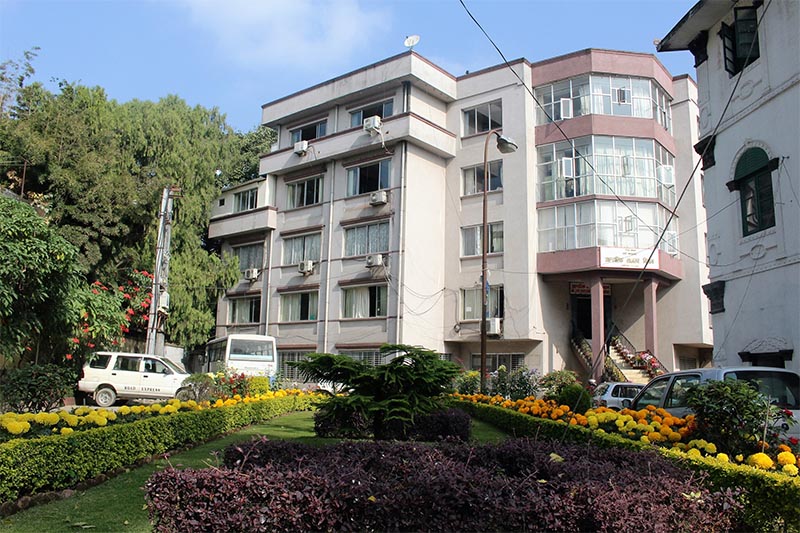Nepal’s revenue-to-GDP ratio highest among SAsian countries
Kathmandu, October 4
As the country’s revenue collection has recorded high growth each passing year, Nepal’s tax-to-GDP ratio has reached the highest among South Asian countries and is at par with emerging market economies like South Korea.
According to the Ministry of Finance (MoF), the government collected revenue worth Rs 609.17 billion in the last fiscal, which was 23.8 per cent of the country’s gross domestic product (GDP).
Comparative figures
Fiscal year
Revene collection (in Rs billion)
Revenue growth rate (%)
Tax-to-GDP (%)
2007-08
107.63
--
13.2
2008-09
143.47
33.3
14.5
2009-10
179.94
25.4
15.1
2010-11
199.82
11
14.6
2011-12
244.37
22.3
16
2012-13
296.01
21.1
17.5
2013-14
356.62
20.5
18.2
2014-15
405.86
13.8
19.1
2015-16
481.96
18.8
21.4
2016-17
609.17
26.4
23.8
Source: Ministry of Finance
The government has been expanding the revenue collection target every year. As a result, the tax-to-GDP ratio could go up further in the coming fiscal years. Though there has been a long-running debate between the private sector and the government regarding the limit of tax collection, the government has been raising its annual revenue collection target by more than 20 per cent on an average despite the slow economic expansion.
“Our tax-to-GDP ratio is already at par with the developed countries,” said Saurabh Jyoti, chairman of the Revenue Committee of the Federation of Nepalese Chambers of Commerce and Industry (FNCCI). He advised the government to focus on expanding the tax net instead of solely focusing on customs revenue.
“The government is highly reliant on import to collect taxes, which needs to be diversified,” said Jyoti, while also stressing on the need for contextual revision of customs tariff as per the multilateral and regional trade agreements to promote authorised trade and level playing field in the market.
The tax-to-GDP ratio of the country has increased rapidly as compared to other economies. In fiscal 2007-08, the country’s tax-to-GDP ratio stood at 13.2 per cent, almost half its standing in the last fiscal. For comparison, the tax-to-GDP ratio in neighbouring India rose from 10.4 per cent in 1965 to 16.6 per cent in 2015-16.
Private sector players have stressed that the government should give due consideration to lowering tax rate and expanding the tax net to create a conducive environment to attract investment. It is believed that low taxation could provide opportunity for investors to expand their businesses.
“Higher taxes cause low rate of return in business, which is one of the discouraging factors to attract investment,” said Jyoti.
MoF officials admit that the tax-to-GDP ratio is quite high for a least developed country like Nepal. However, the government authorities believe that the ratio increased substantially as the informal economy gradually entered the formal sector.
“The Central Bureau of Statistics is going to review the GDP calculation method to figure out the actual size of GDP as the current size of the economy is believed to be underestimated,” a high-level source at the MoF told The Himalayan Times.






